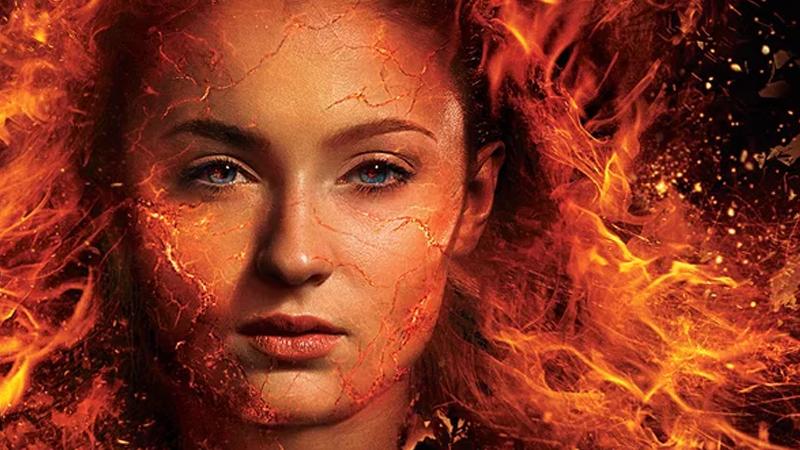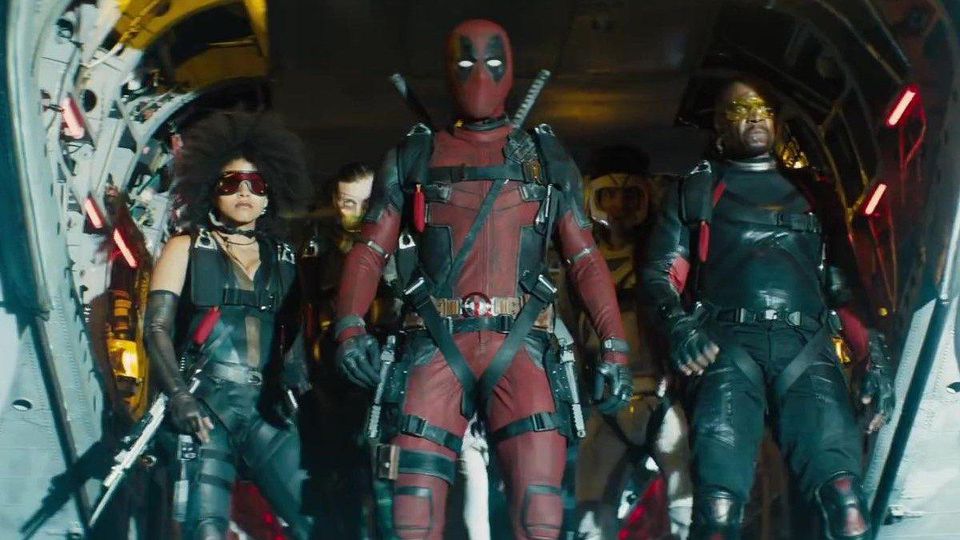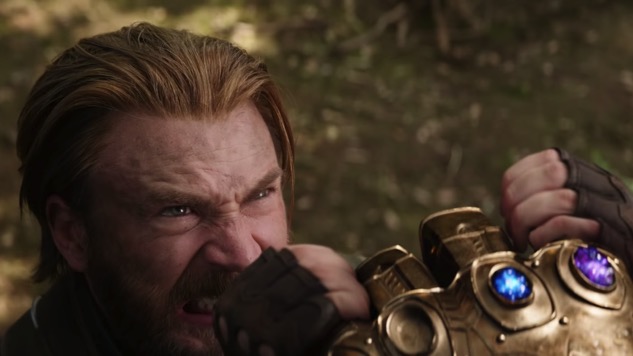You can read my full recap of the marketing campaign for Star Wars: The Rise of Skywalker at The Hollywood Reporter.
Online and Social
As the other movies do, this one gets its own page on StarWars.com, complete with a collection of the posters, teasers, featurettes, photos and more. Blog posts that contain movie material or which highlight related announcements can be found on the page as well.
Media and Press
While we were still in the hype cycle for Episode XIII it was announced that Trevorrow, who’d long been attached to the project, had left. That was two Star Wars movies in row, including the Han Solo one, that had high-profile director shifts. Three if you count how Josh Trank was involved in a movie right up to the point he wasn’t. That firing was apparently a long-time coming and resulted from the director’s own personality issues, which caused tension with producer Kathleen Kennedy, and the fact that unlike on Jurassic World he didn’t have Steven Spielberg around to protect him.
Shockwaves then emanated when it was announced The Force Awakens director J.J. Abrams would return for this movie, which was also pushed back from May to December. Later on, as part of the publicity for The Last Jedi, Abrams talked about taking the opportunity to return and close out the trilogy he started.
Isaac and others from the cast talked about the movie while promoting other projects.
A wide-ranging profile of Abrams included his recounting of the unusual sequence of events leading to his rejoining the franchise and his feelings of concern, panic, stress, excitement and more around doing so.
There as a significant press push in the wake of Star Wars Celebration and the debut of the first teaser. That included Abrams revealing Lucas was involved in crafting at least part of the story and Boyega making it clear he didn’t know what the title referred to either.
Abrams and members of the cast appeared on “Good Morning America” shortly after Celebration to talk about the movie and explain (or not) some of what was going on.
Meanwhile, Hamill explained why he has so much fun poking at obsessive Star Wars fans.
As has been the case with every Star Wars movie since 1999’s The Phantom Menace, the publicity cycle included a Vanity Fair cover story featuring exclusive behind-the-scenes photos by Annie Leibovitz. That series of stories offered not only new looks at the cast and sets but also additional details about what the story entails and what fans can expect from the film.
Ridley was interviewed about the emotional moment that was the final day of filming.
Another interview with Abrams in the wake of D23 had the director clarifying that nothing about The Last Jedi was being discarded, nor had that movie upset any plans for the series’ story. So, despite the outcry of disgruntled or disappointed viewers, that movie is still canon. He later shared his thinking on why it was important for Palpatine to return for this movie and more.
EW debuted a first official look at Zorri Bliss, the mysterious character played by Keri Russell. At around the same time Abrams was interviewed about his assurance that the movie would provide a satisfying conclusion to the nine-film epic story and more details were revealed about the watery planet seen in the trailers. Ackie was profiled in an interview about her reaction to joining the Star Wars universe.
In late November EW offered a big cover feature that included a number of other interviews, photos and other inside looks at the movie, with comments from most of the cast and crew. At the same time Rolling Stone ran its own package that included an interview with Kennedy about this movie and the future of the Star Wars franchise as well as another interview with Abrams about the story of the movie.
Late night appearances by the cast and Abrams started in late November as well, with Driver and Russell showing up on “The Late Show” as did Abrams. Ridley and Boyega showed up on “The Tonight Show” while Isaac chatted on “Late Night.” Russell chatted on “The Tonight Show” as well while Tran appeared on “The Daily Show.”
An extended profile of Williams had him talking about the legacy of Lando he still holds tightly to as well as his overall career and coming out of semi-retirement to revisit the character one last time.
An interview with Ridley allowed her to talk about what her plans for self-care are following her involvement in a massive multi-year commitment. Tran finally joined the press effort with an interview making it clear Rose has evolved in the time since the last story. A profile of Daniels included him promising this wasn’t the last you’ve heard of him as C-3PO while a similar interview with McDiarmid allowed him to talk about his expectation that he was done with the character of Palpatine until he got the call.
Abrams talked about the behind the scenes drama that lead to him coming back to the franchise and lots more in this extended profile that included him throwing a little shade at Johnson’s middle installment for being too “meta.” One of the movie’s cowriters spoke about trying to craft a worthy final chapter for the story.
The same night as the movie’s premiere, the whole cast along with Abrams appeared on “Jimmy Kimmel Live” to engage in games and more. Lupita Nyong’o, who is always forgotten about when discussing the cast, talked about the movie on “The Daily Show.”
Tran was interviewed about her experiences with Star Wars and more here.
Overall
Picking Up the Spare
That mysterious message from the presumed-dead Palpatine that kicks off the events of the movie was revealed in Fortnite, likely because of the promotional tie-in with that game. The movie’s editor explained why that message was cut from the film as well.
Abrams has praised Johnson while trying to downplay any potential bad blood because of the different directions the two directors took.
An interview with Terrio allowed him to dig an even deeper hole regarding the way the story makes Rose Tico into a non-factor.
A new featurette from IMAX has the cast and crew talking about their experiences making the movie. Another video from IMAX has them all sharing their favorite moments from throughout the Star Wars movies while a third has Issac answering fan-submitted questions.
One more TV spot touting the movie’s box-office success.
Second unit director Victoria Mahoney has finally been getting some attention, in part because she’s the first woman to have any directorial duties on a Star Wars feature.







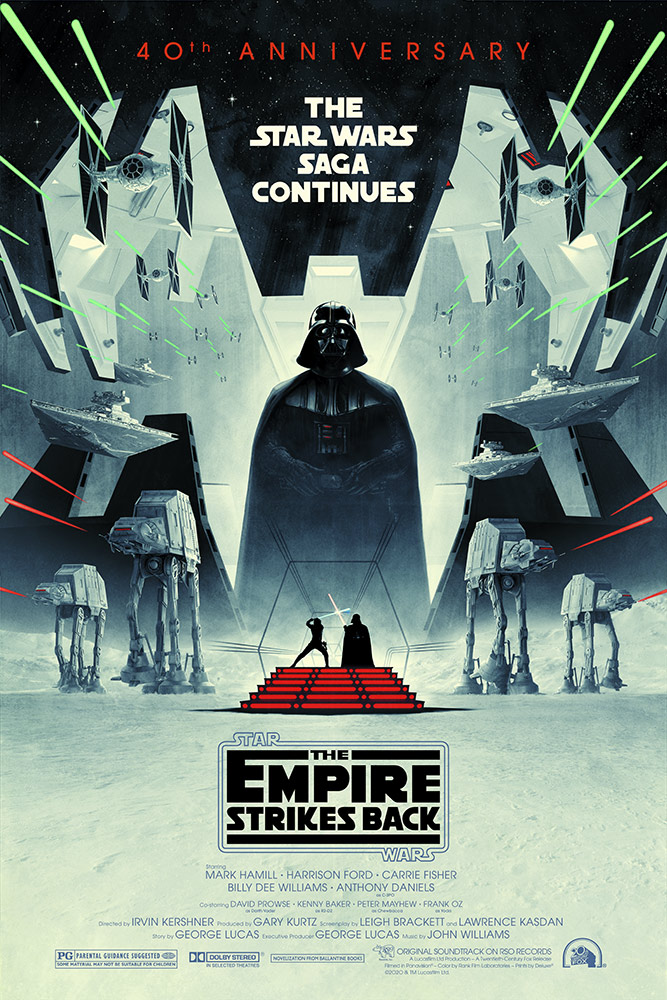
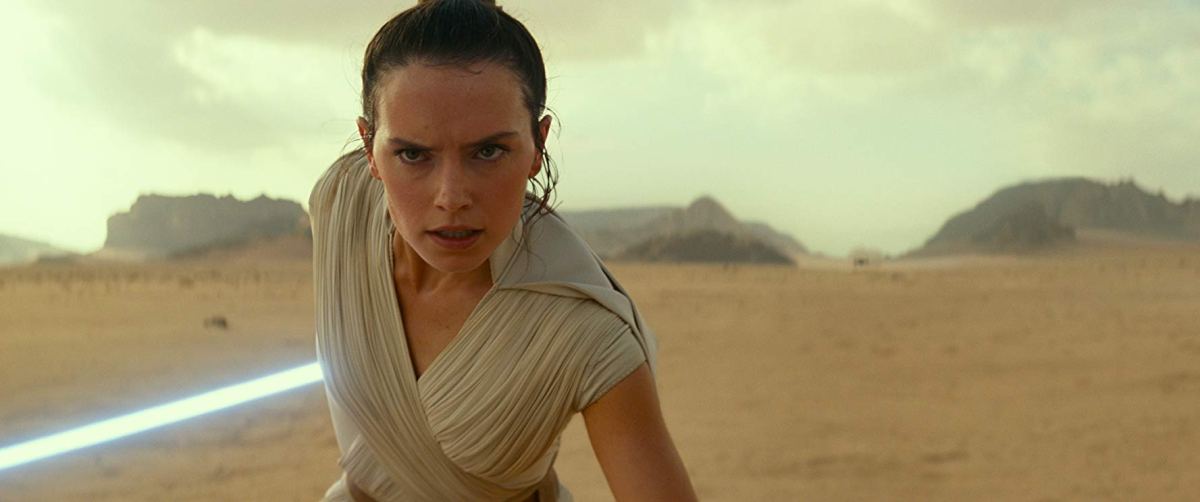
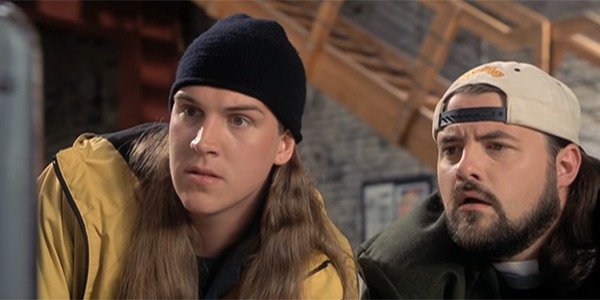


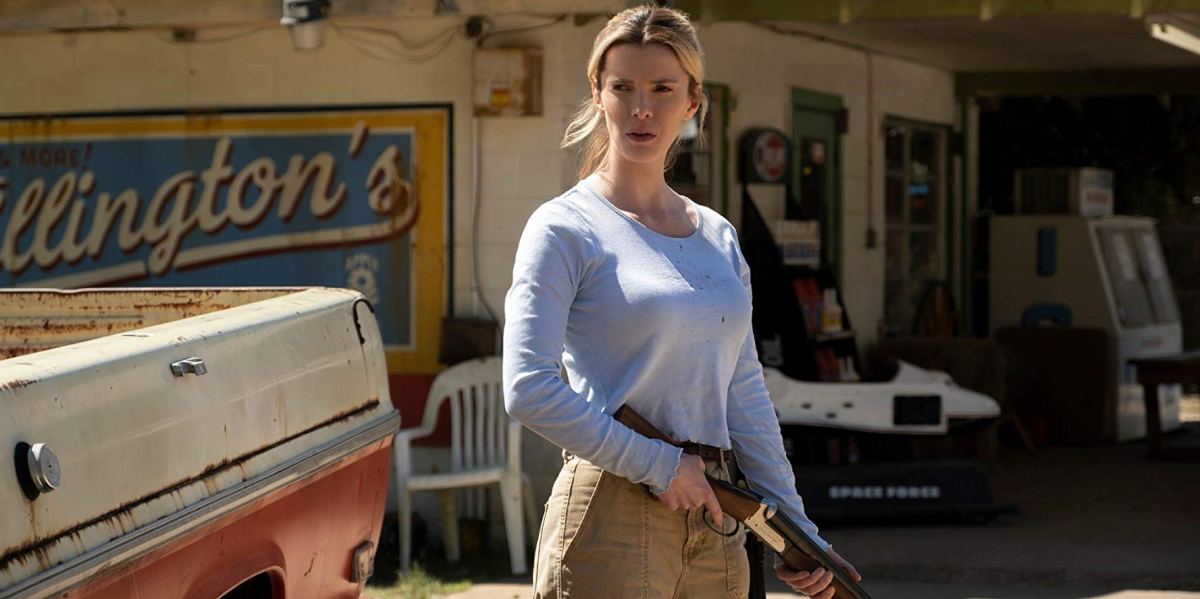
 Netflix has released a number of noteworthy films this year (more on that later), but the revival of Zach Galifinakis’ Funny Or Die celebrity interviews as a feature deserves mention not for the undeniable quality of the movie (though it is very funny) but because of the teaser poster. Designed by marketing agency Works Advertising, there’s so much going on with the one sheet it’s hard to keep track.
Netflix has released a number of noteworthy films this year (more on that later), but the revival of Zach Galifinakis’ Funny Or Die celebrity interviews as a feature deserves mention not for the undeniable quality of the movie (though it is very funny) but because of the teaser poster. Designed by marketing agency Works Advertising, there’s so much going on with the one sheet it’s hard to keep track.
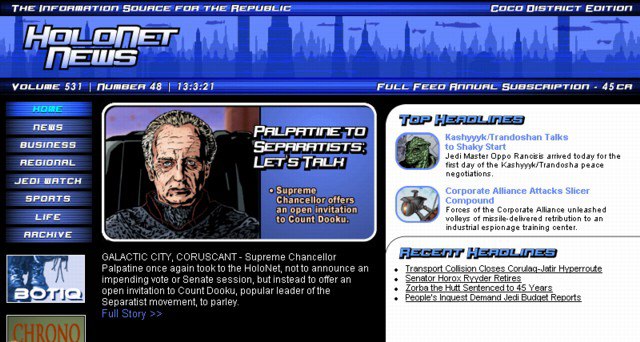
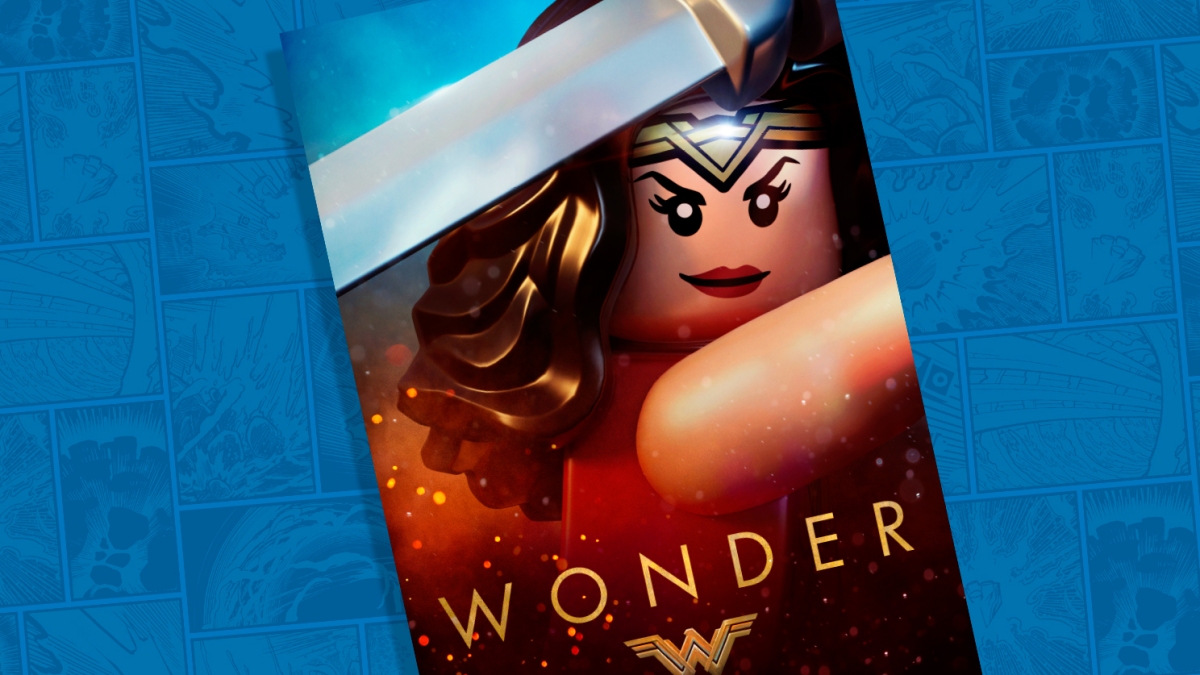



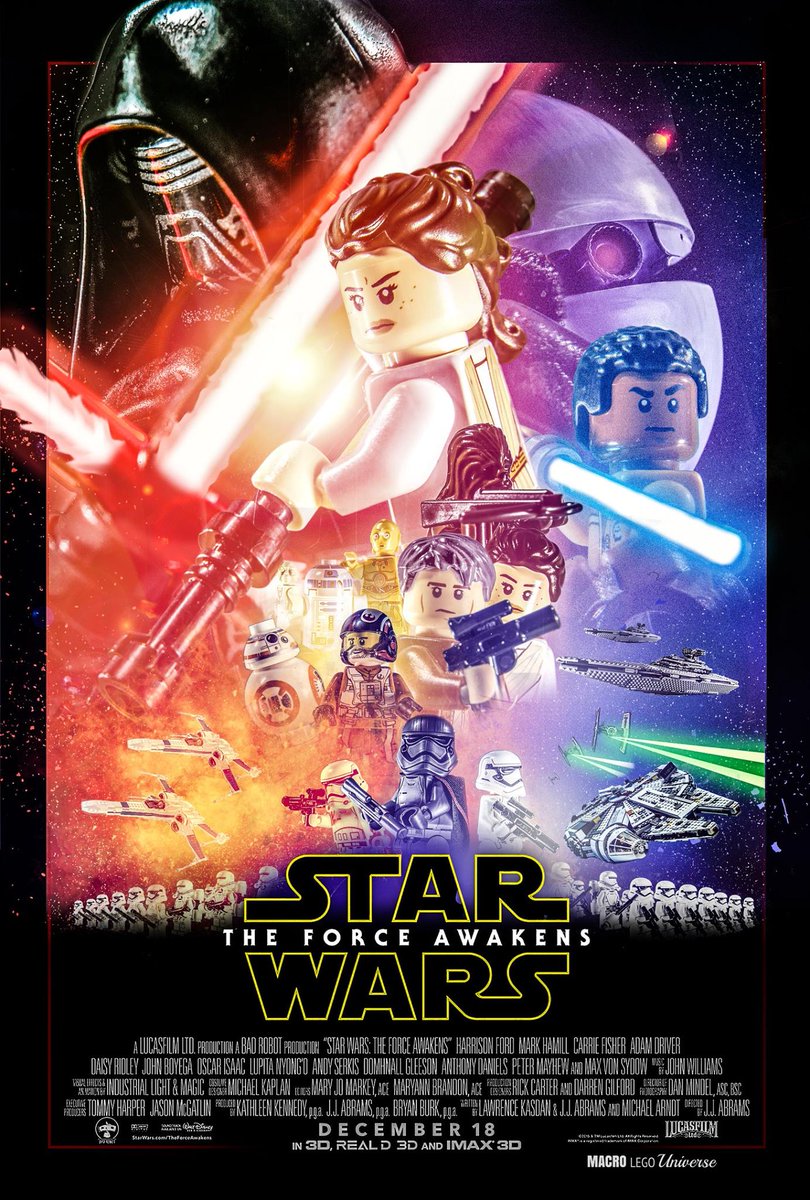 No movie series is perhaps more closely associated with LEGO than Star Wars. It was, as mentioned above, the first licensed franchise the company got involved with and kicked off a 20 year relationship.
No movie series is perhaps more closely associated with LEGO than Star Wars. It was, as mentioned above, the first licensed franchise the company got involved with and kicked off a 20 year relationship.
